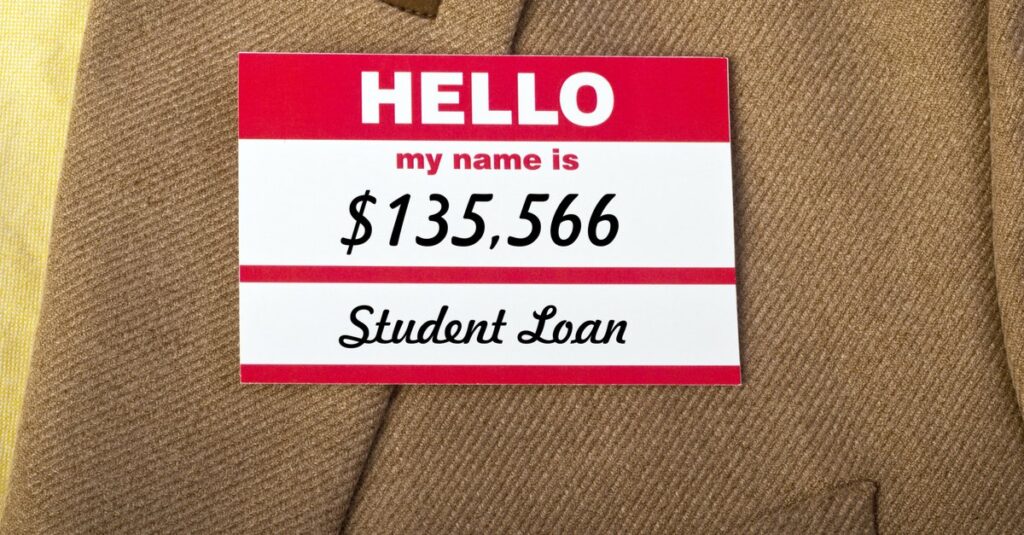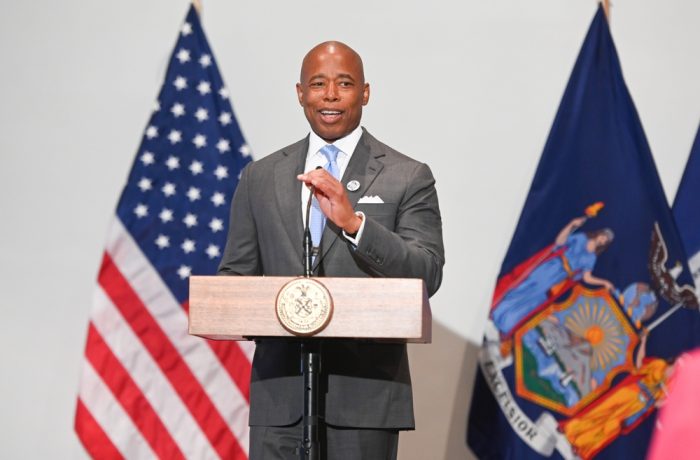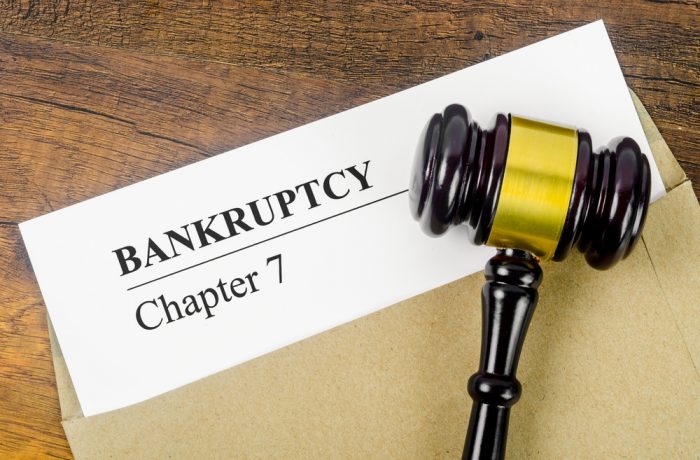By Kery Murakami, Inside Higher Ed
The pause on making student loan payments passed by Congress and extended through the end of the year has thus far helped improve the credit ratings of borrowers, according to a study released today by the Urban Institute’s Center on Education Data and Policy.
To compare the impacts of the pause on payments versus other factors that could be improving credit, researchers compared the ratings of those with and without student loans. It found that across all age groups, the percentage of those with student loans who have poor credit went down between February and June by more than those without the loans.
Among those aged 18 to 29, the percentage of borrowers with poor credit went down 28.4 percent to 25.3 percent, while the percentage of those with poor credit without loans dropped from 33.2 percent to 31.2 percent.
Among those 30 to 49, the percentage of those with poor credit went down from 38.1 percent to 30 percent among those with student loans, but from 29.8 percent to 27.7 percent for those without loans. And among those 50 years old and older, the percentage of borrowers with poor credit dropped from 26.1 percent to 22.4 percent. For nonborrowers, those with poor credit dropped from 15.4 percent to 14.4 percent.
However, researchers said the pause on student loan payments hasn’t gotten borrowers out of financial trouble. The percentage of borrowers who owe money to their utilities has dropped slightly, but by around the same rate as those without student loans.






The student loan trap has led a lot of people through a cycle of debt. If it were possible to discharge student loans by filing for bankruptcy, more and more people would be looking forward to file.